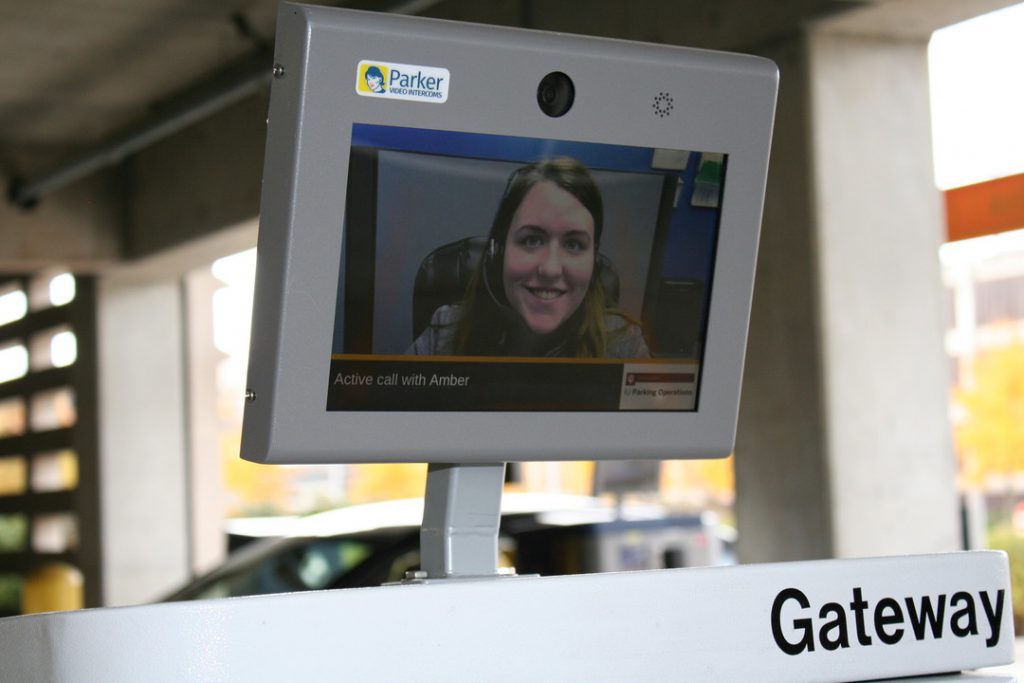
Self-service automation is taking over. You can’t go to a grocery store, an airport or a restaurant without interacting with a machine where a human once stood. The automated machines in parking garages known as PARCS equipment are no different. The parking industry led the way when operators started replacing cashiers with automated payment kiosks more than 15 years ago. And while it’s true that automation is becoming the norm, human failure in front of that automation is happening much more than you realize.
Because we’ve taken more than 1 million calls on our platform since 2015, we’ve collected some interesting data on human failure. Based on our data, we estimate that a parking customer pushed the “help” button 85M times in a parking facility last year and 85% of the time it was because the human failed in some way. There’s a little science behind the reason. Astro Teller produced a graph that shows how technology is advancing more rapidly than our human ability to absorb the change. The implication is that parking app developers and PARCS manufacturers can design the most elegant and intuitive interface in the world and it still can’t fix a confused human. It is astonishing all the crazy ways that parking customers get confused or fail in the lane and the only thing that can “unstuck” that person is another human on the other end of that “help” call.
So, we’re back to the “help” button. My own theory is that because owners and operators don’t appreciate the staggering number of times their parking customers need help, they hand this task off to an already busy garage manager or parking ambassador. What happens when a customer calls for help? The call lands on a desk phone or a cell phone of an ambassador that is busy doing something else, so they raise the gate to get the customer going, if they answer at all. That leads to three serious problems for the owner/operator…
- The garage loses the revenue associated with that ticket
- You’ve now trained the customer that if they want “free” parking, they just need to push the help button
- You’ve delivered a really bad customer experience, jeopardizing future revenue in the process.
It doesn’t have to be that way. Parker’s 24/7 call center exists to answer that customer’s “help” call quickly and resolve it quickly. Anyone can raise the gate. Our job is to follow the business rules for that garage, using the workflow and knowledge management software platform that we built just for parking. If raising the gate is the rule, then okay, but for most facilities the rule is to help the customer through the transaction to successfully pay. In which case, the gate goes up because it was a paid transaction, not because that was the most expedient thing to do.
My assignment for you over the coming days is to pay attention to the number of times you personally interact with a machine where there was once a human. Observe what happens when something goes wrong – was it your doing or the machine’s? My guess is that you, the human, will have failed the test in some way. Then observe what it takes to get you through the transaction – there again, without fail, it will be another human that intervenes on your behalf to “save” the day. And so it goes in parking. Parker will help nearly 2,000 people today because they were confused. Those parking customers will breathe a sigh of relief that someone was on the other end to answer their call for help.
Let me know if I can help you and your organization deliver a better customer experience and collect more revenue. Learn more here.
